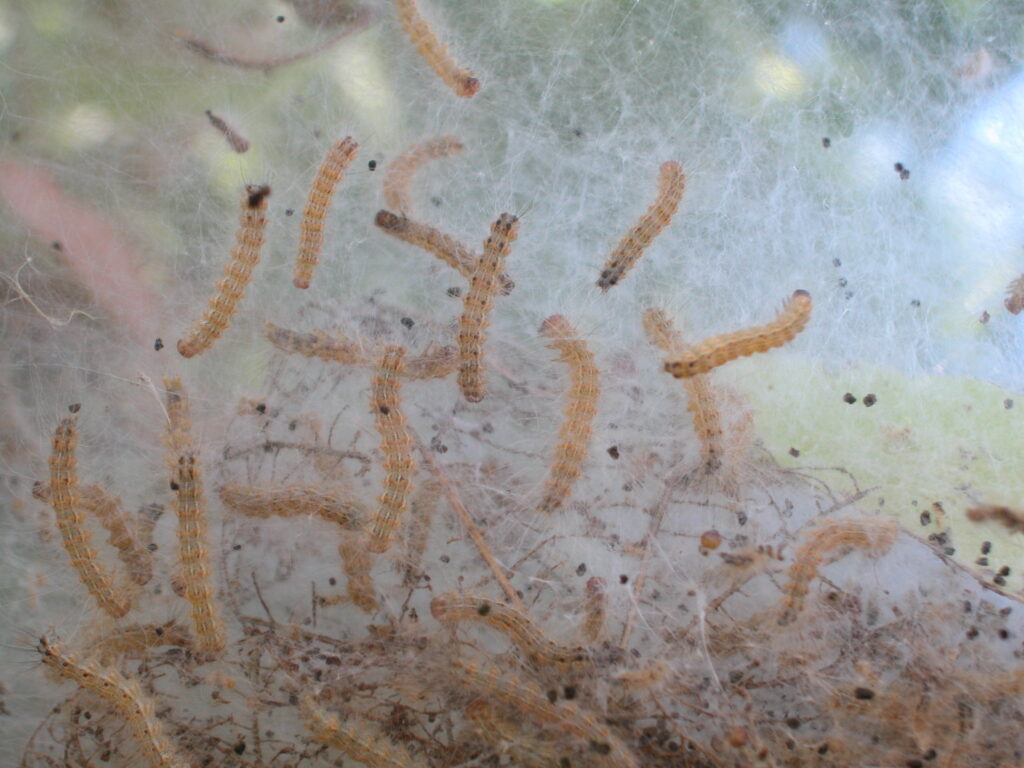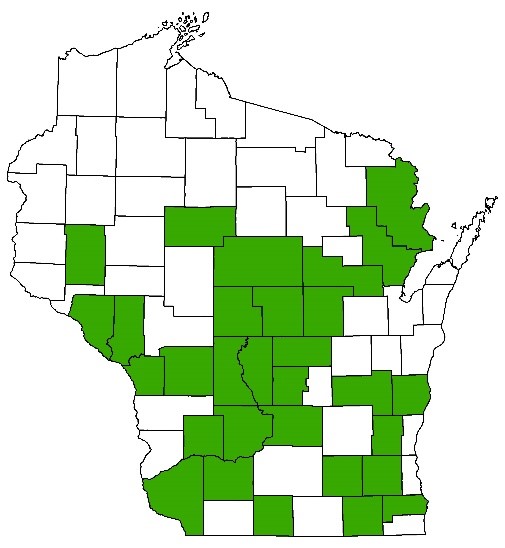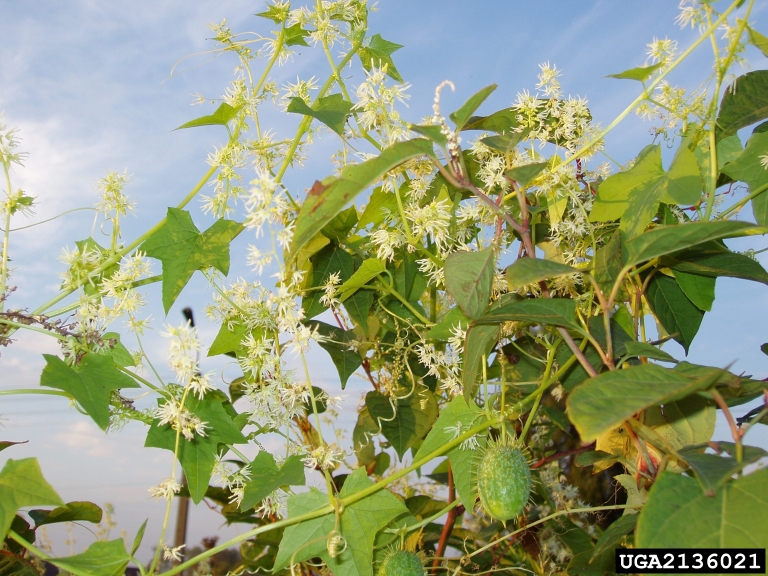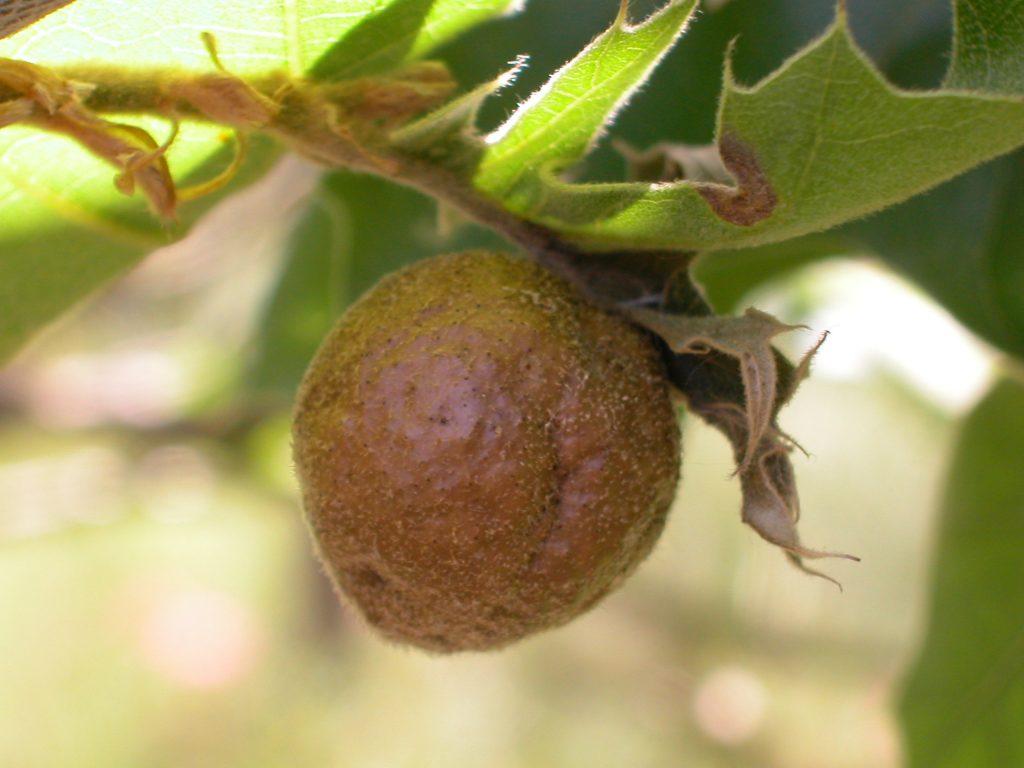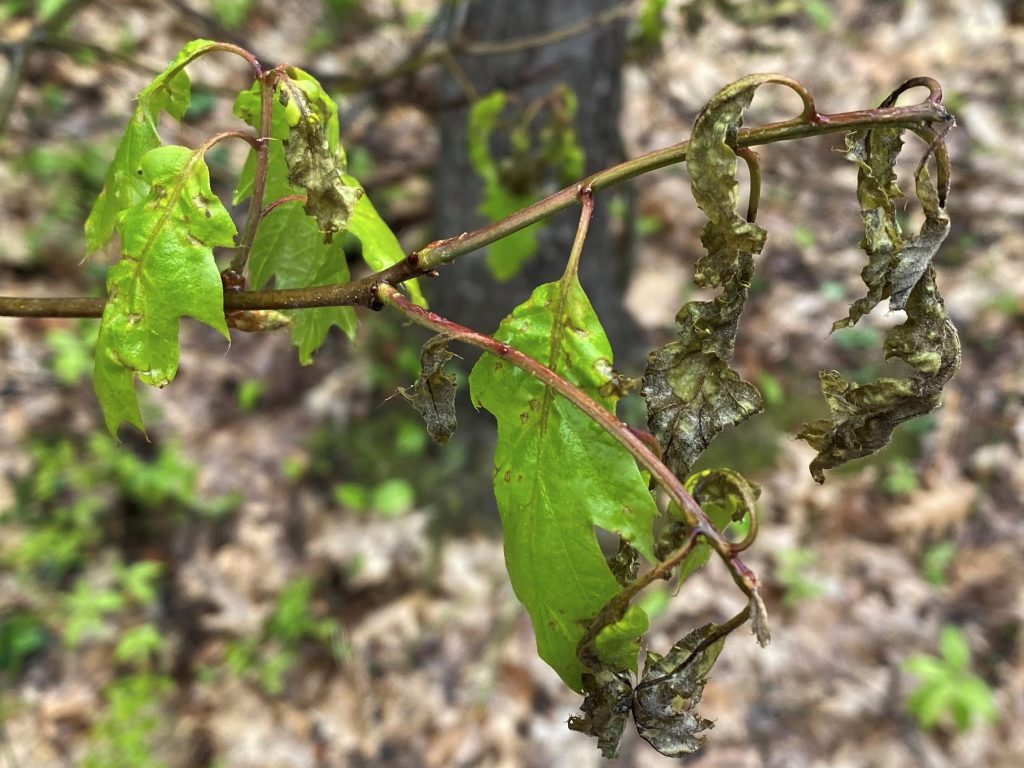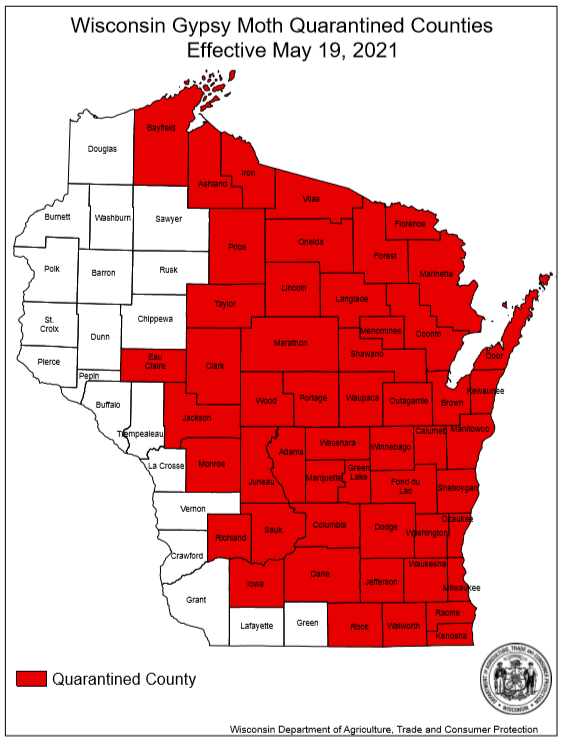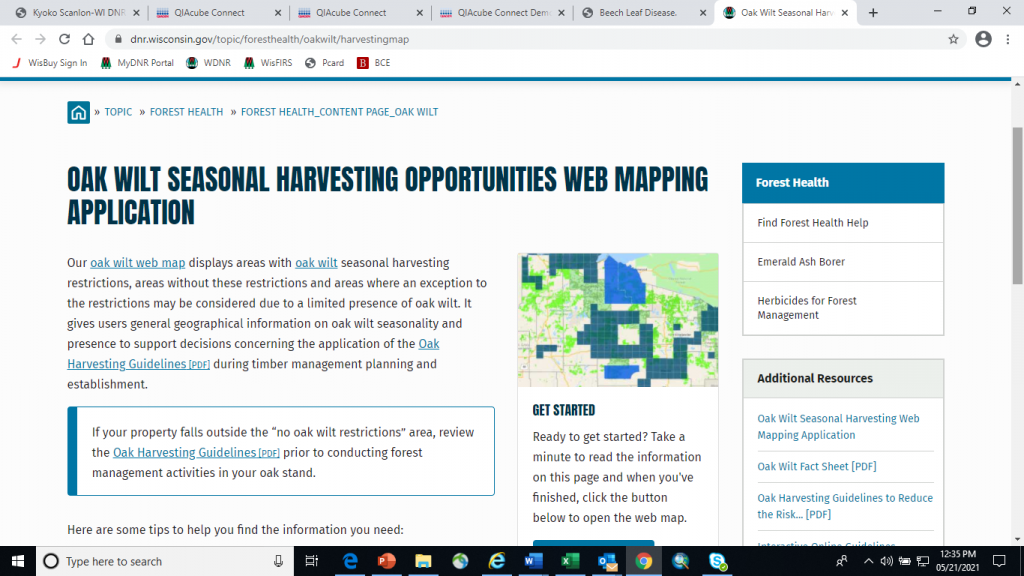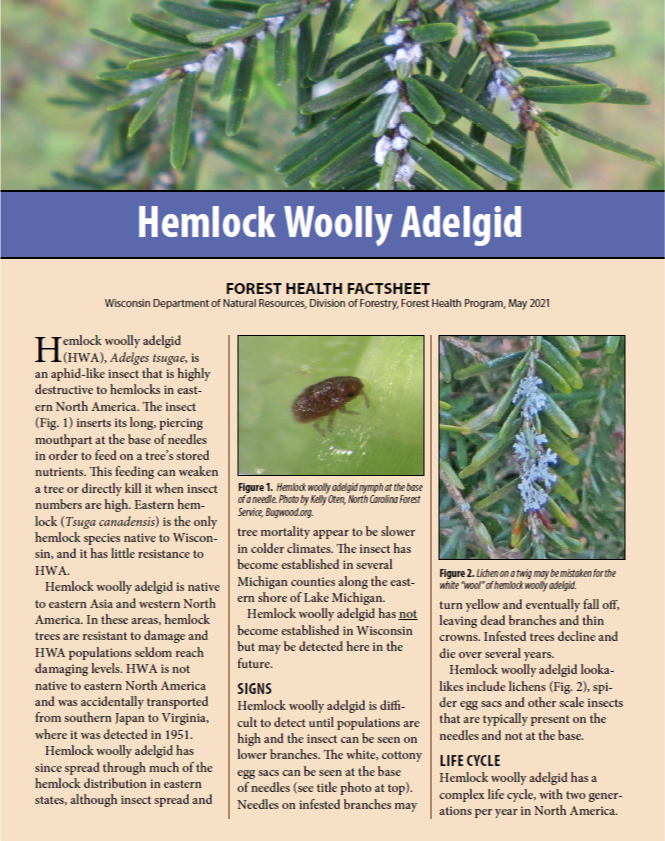Article By: Bill McNee, DNR Forest Health Specialist, Oshkosh
bill.mcnee@wisconsin.gov or 920-360-0942
In 2021, gypsy moth populations increased for a second consecutive summer due to favorable weather conditions. Populations typically increase with an average or mild winter, below average spring precipitation and above average May through June temperatures.
Regional variation in weather can result in significant differences in populations. If weather conditions are favorable again in 2022, the most noticeable increase in caterpillar numbers would likely occur in southern counties, where conditions were driest during this past spring and summer.
Populations experience the fastest growth rate and are first noticed on:
- Dry sites with sandy soil and abundant oak
- Mowed lawns with preferred tree species (oak, crabapple, birch, etc.)
- Large oaks (bur, in particular) with rough bark, especially on or adjacent to mowed lawns

Gypsy moth egg masses found in Walworth County in fall 2021.
Photo Credit: Gypsy moth egg masses KMSU
Continue reading “Take Action! Look For Gypsy Moth Egg Masses”

